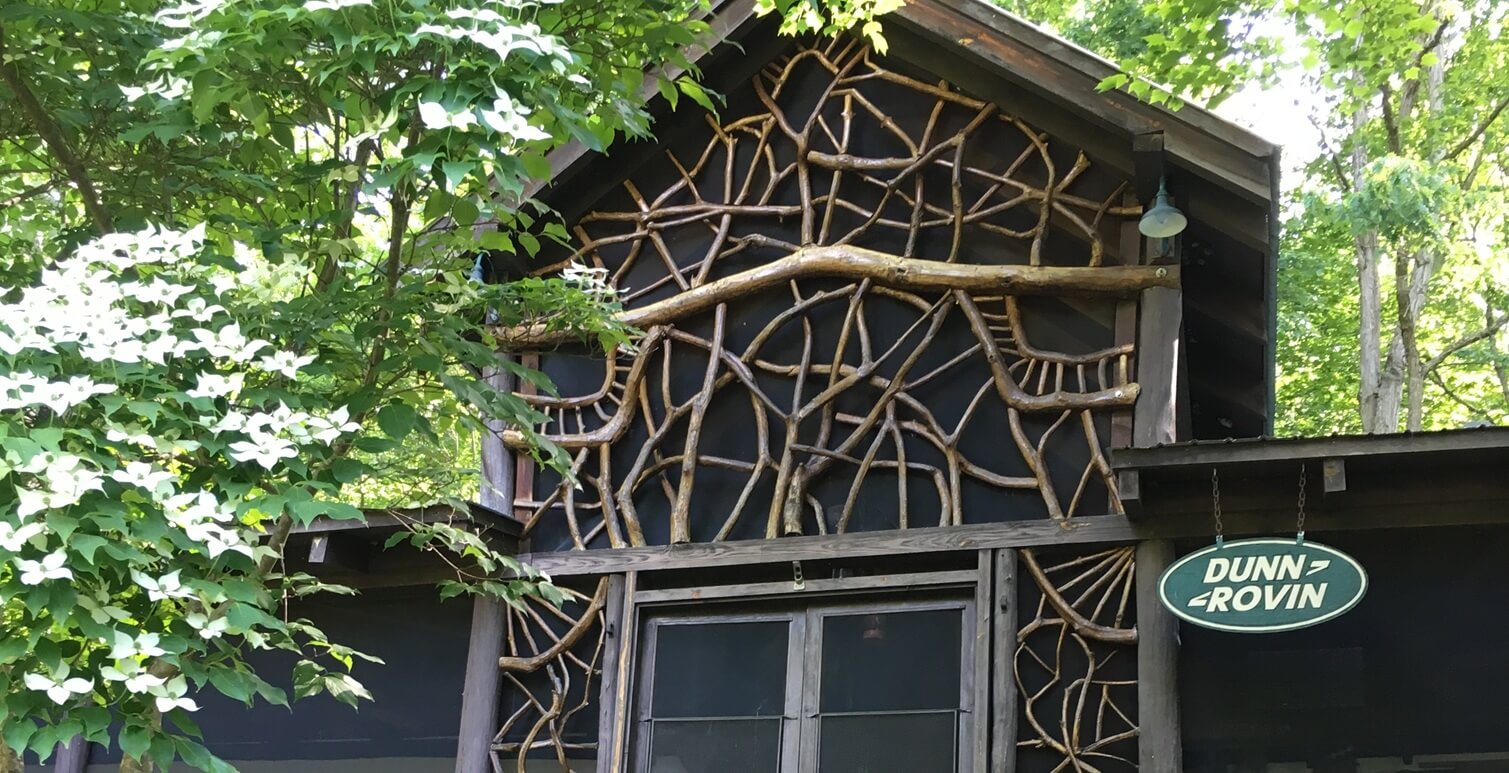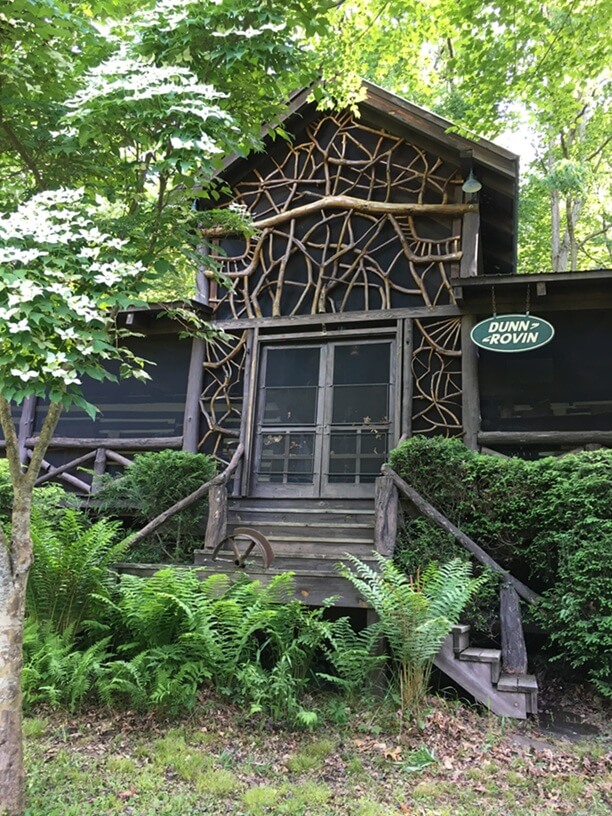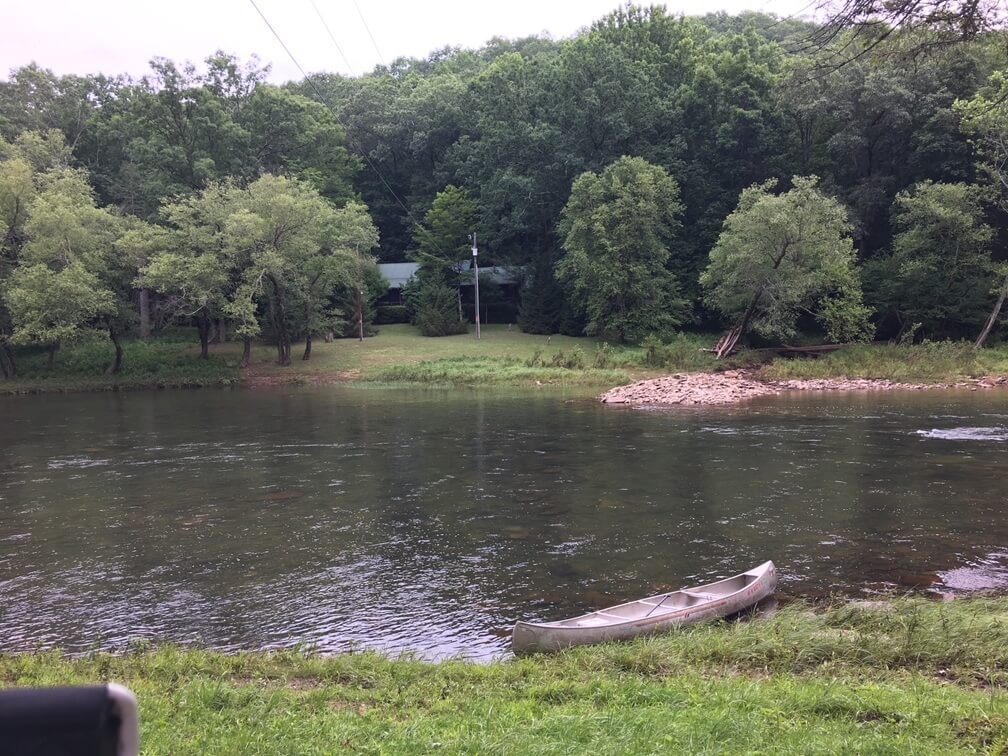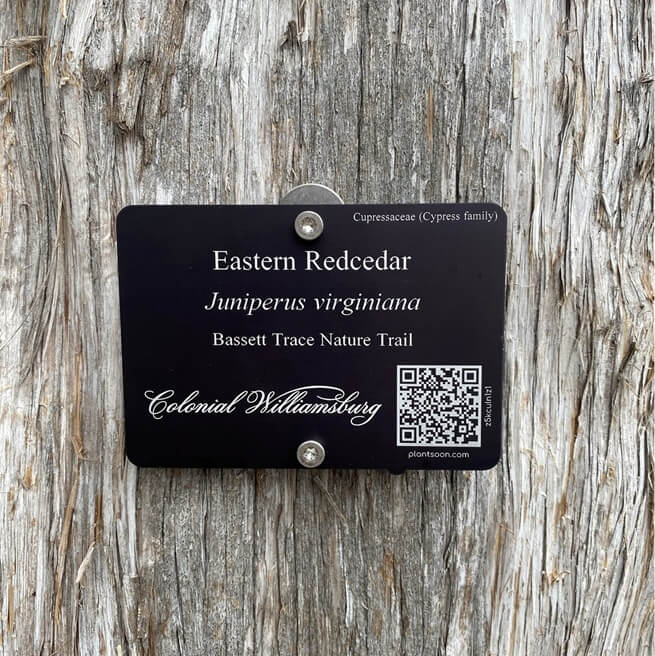
From Tin Can Lids to QR Codes: A Legacy of Natural Connection
Rick Brown's Lifelong Journey with Nature
"I created a nature trail by cutting the lids out of tin cans, painting the common names, and then nailing the signs to the trees. Sixty years later, I'm basically still doing the same thing, but technology has eliminated the need to save tin can lids"
The Early Seeds: Childhood Foundations
In the forests of West Virginia, a young Boy Scout named Rick Brown carefully painted tree names on tin can lids, nailing them to trees to create a nature trail for his fellow scouts. This early passion would grow into a lifelong commitment to connecting people with the natural world. "I've always been keenly interested in trees," Rick reflects. His earliest memories include a grandfather who wouldn't accept vague references like "that tree over there," instead requiring young Rick to learn the common name of every local tree. This early introduction to dendrology planted seeds that would grow throughout his life.
At just 12 years old, Rick became a camp counselor, leading nature walks and teaching tree identification to other Scouts. His teenage summers were spent "timber cruising" with the local county forester, who expanded Rick's knowledge to Latin names and practical uses of different species. "I actually thought for a time I might study forestry in college to become a forester or arborist," Rick shares. "But life got in the way and I eventually became a lawyer instead."


Preserving Connections Across Generations
In 1999, Rick built a log cabin in a remote mountainous area adjacent to a national forest, replacing a previous structure that had been destroyed by a flood. "I hired a local guy and worked with him to get it done," Rick recalls. The new cabin features logs of old American chestnut (Castanea dentata) that were salvaged from the remains of the flood-damaged structure—trees that had been cut after the blight killed them in the 1930s. Rick personally crafted all the decorative twig work throughout the cabin.
The cabin provided a space where Rick’s passion for nature could be passed down. "I could pass along the lessons handed down to me in hopes that my children would come to appreciate nature's life-giving benefits," Rick explains. Now, a third generation visits that camp, continuing the family's connection to the natural world. The cabin, with its window reminiscent of a stained-glass design featuring natural elements, stands as a physical manifestation of Rick's lifelong devotion to bridging human experience with natural wonder.
Digital Conservation: From Tin Cans to QR Codes
Today, Rick channels his passion as a volunteer documenting flora along the Bassett Trace Nature Trail. When the project began, they sought expert guidance from Professor Eric Wiseman at Virginia Tech, who recommended using digital platforms to record their findings. Through their documentation work, Rick and his fellow volunteers have made remarkable discoveries, including trees over 250 years old and plant species growing in locations where they wouldn't typically be found. These "disjunct" species thrive due to unique geological formations in the area—findings that might have gone undocumented without dedicated volunteers and the right digital tools.
For Rick, Plantsoon is not just about convenience—it is about enhancing the connection between people and plants. "The plant signs with QR codes allow our visitors to see and study a particular tree or plant in a natural setting. The information behind the QR codes provides links to various educational institutions connecting the classroom and the field for a complete immersive learning experience." His advocacy for digital solutions comes from seeing firsthand how they can transform the visitor experience, allowing people to engage at their preferred level of interest—"a simple plant identification hike or deep research."
Rick's journey from tin can lids to QR codes represents more than just one man's passion—it reflects a deep understanding of how technology can serve conservation, education, and connection. "I think my volunteer work serves to emphasize the importance of protecting our natural resources and protecting the environment while enhancing the outdoor experience that our nature trail and surrounding area offers to our visitors," he reflects. As Rick continues giving presentations to volunteer community groups, sharing his knowledge and enthusiasm for both nature and the digital tools that help document it, he carries forward a tradition that began with his grandfather's insistence on knowing trees by name—a tradition now enhanced by technology but still rooted in the simple joy of connecting people with the natural world around them.
Rick Brown is a Professional Tier subscriber to Plantsoon, using the platform to document and share the rich botanical heritage of Bassett Trace Nature Trail.

